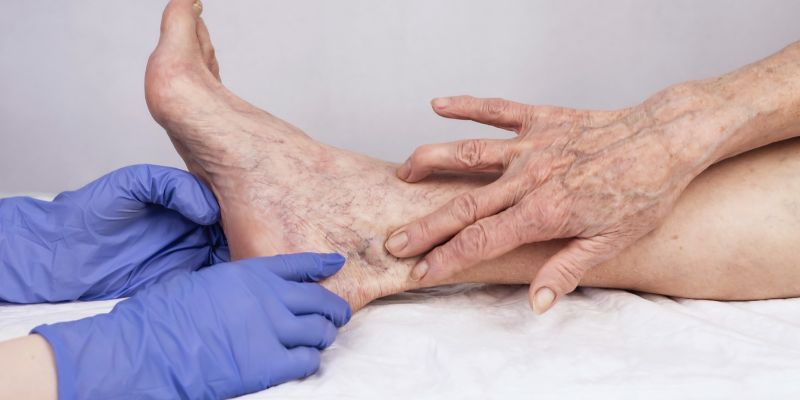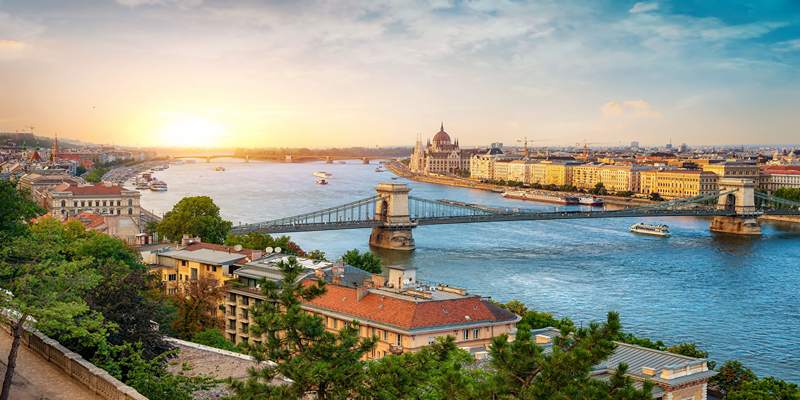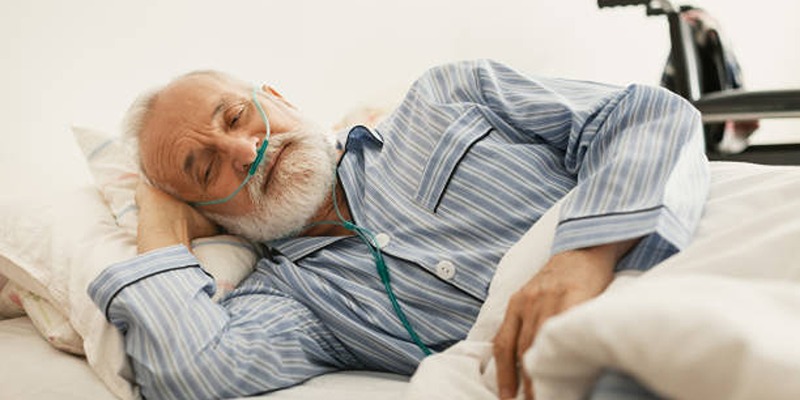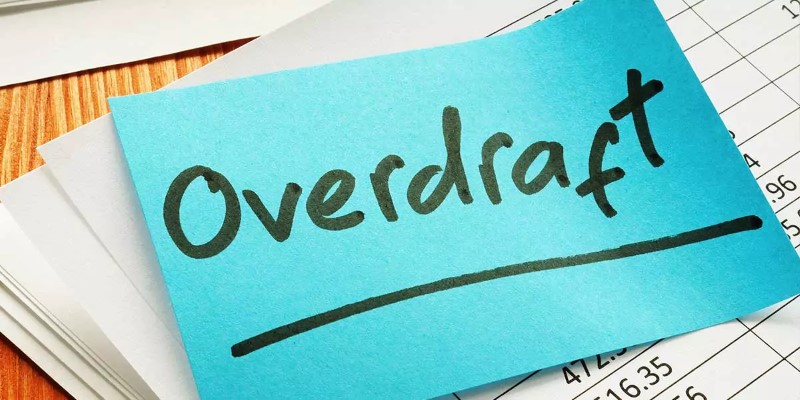Advertisement
For many people, varicose veins are more than an aesthetic problem. Usually appearing on the legs, these twisted, bulging veins cause discomfort or sometimes pain. Although, at first glance, they seem innocuous, some cases can cause problems, including skin ulcers or blood clots. Knowing varicose veins will let you determine whether they call for medical intervention.
This guide contains the answers if you have ever questioned why these veins originate, what signs to look for, or how to cure them. We'll go over what you need to know about varicose veins, including their causes and hazards. Discover how to properly manage or avoid varicose veins and safeguard your vein health in the future.

Varicose veins are twisted, bulging veins resulting from malfunctioning vein valves when blood pools. Usually affecting the legs and feet, this disorder uses blood flow against gravity. Walking or prolonged standing strains the veins and, over time, weakens the walls. The veins, therefore, expand, twist, and show themselves under the skin. Usually blue or purple, these veins could show outward bulging. Among the symptoms include heaviness, itching, and pain.
Spider veins are a milder form of varicose veins, smaller and more common on the face or legs. Varicose veins are a cosmetic concern for many. However, occasionally, they could point to more severe circulation issues. If Ignored, they could cause issues, including blood clots or ulcers. Effective treatment and preservation of vein health depend on an awareness of the factors causing varicose veins.
Varicose veins occur for many reasons. Knowing these factors will enable you to move toward lower risk.
Varicose veins clearly cause symptoms, although the degree will vary from person to person.

Although most people view varicose veins as a cosmetic issue, they can cause major difficulties in some circumstances. Awareness of these hazards depends on the timeliness of treatment.
Depending on the degree of your condition and general state of health, varicose veins can be controlled with several therapies. These are the most often occurring choices:
In essence, varicose veins can occasionally indicate underlying medical problems, even if they are sometimes considered cosmetic problems. Timeliness of management depends on an awareness of their sources, symptoms, and possible complications. Given the several therapy choices, from lifestyle modifications to surgical operations, addressing varicose veins is simpler than it has been. Early intervention enhances general vein health and can prevent problems such as blood clots or ulcers. See a health professional if you have ongoing pain, edema, or skin changes. By helping you control or even avoid varicose veins, preemptive action guarantees greater leg health and quality of life.
Advertisement

By Elena Davis/Jan 14, 2025

By Aldrich Acheson/Dec 21, 2024

By Celia Kreitner/Jan 14, 2025

By Celia Shatzman/Mar 18, 2025

By Jennifer Redmond/Jan 14, 2025

By Sean William/Mar 16, 2025

By Mason Garvey/Mar 16, 2025

By Darnell Malan/Dec 21, 2024

By Madison Evans/Jan 03, 2024

By Triston Martin/Mar 17, 2025

By Aldrich Acheson/Mar 17, 2025

By Sean William/Jan 14, 2025